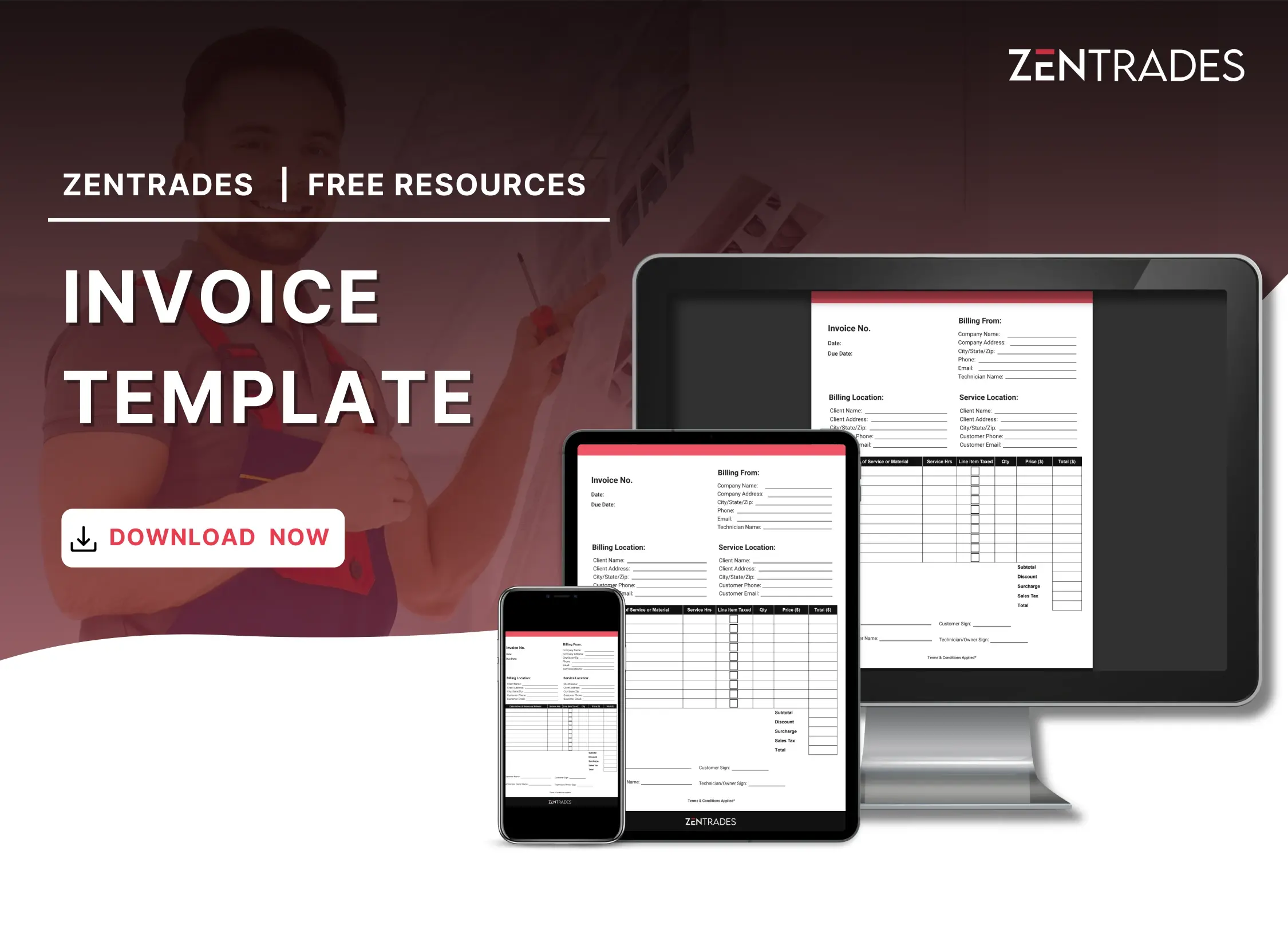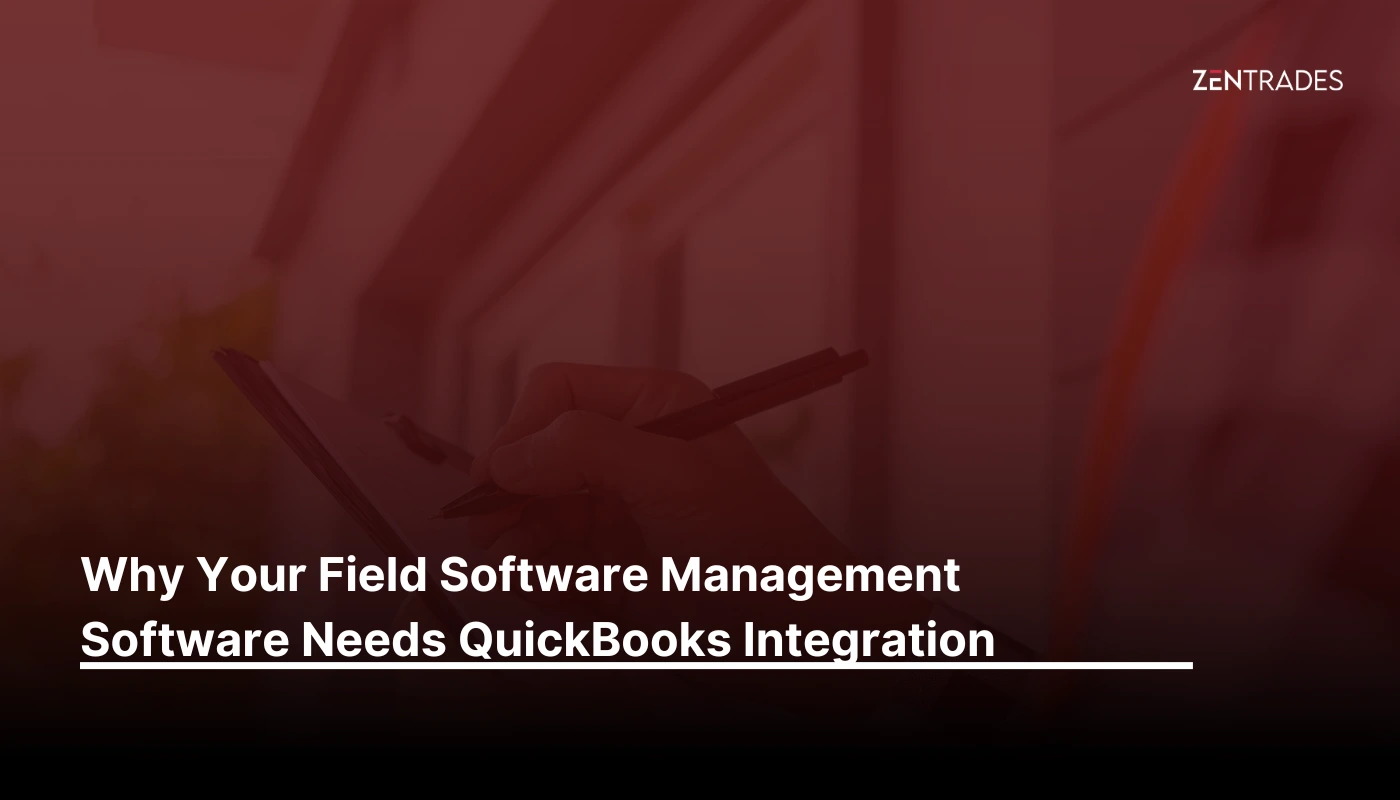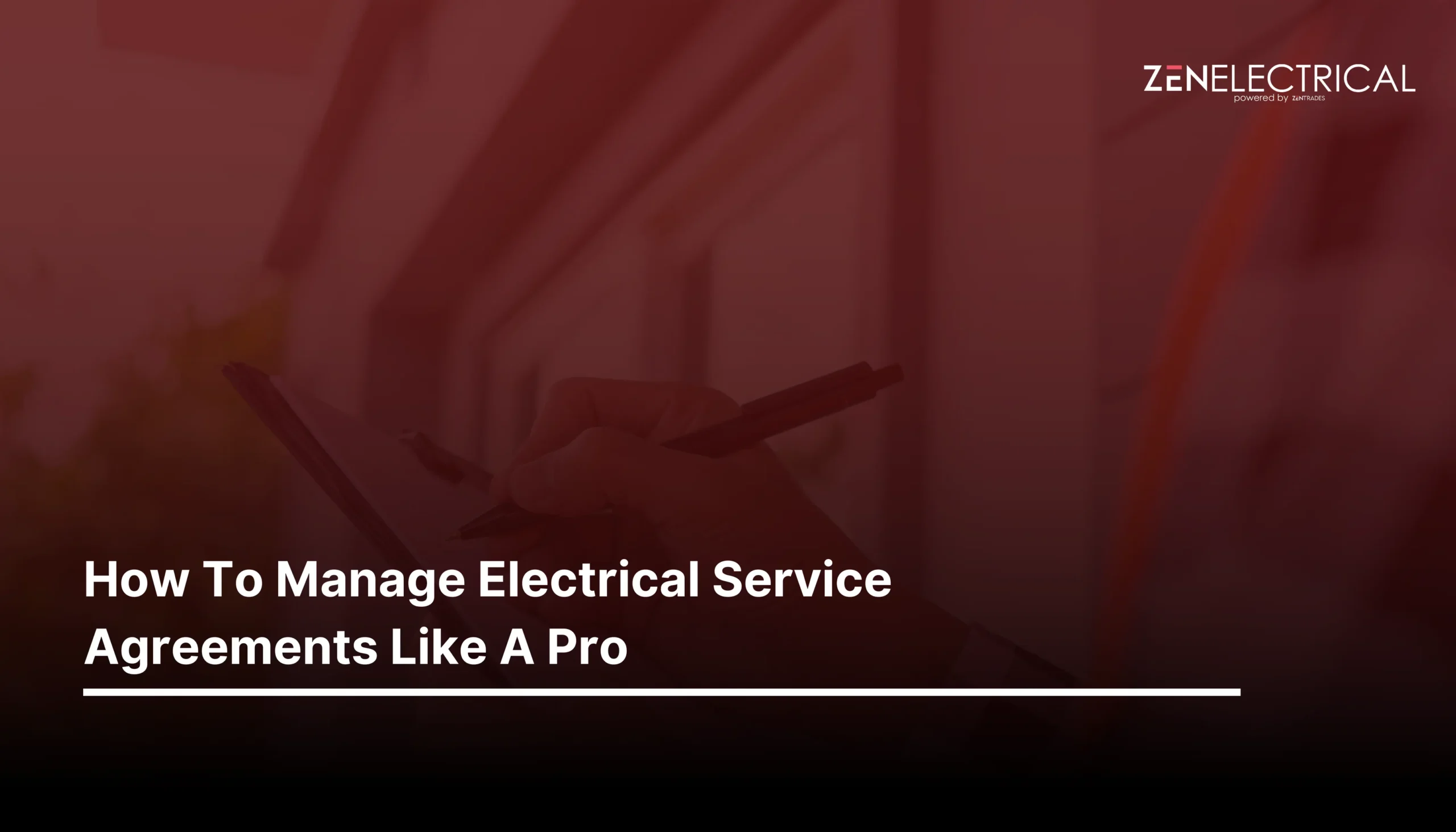Flat rate Pricing: Formula, Advantages
And Challenges
- Field Service Management
- 9 Min Read
Hourly or flat rates for pricing? It has a crucial role to play in your business and customer satisfaction. In the past, your customer might have been surprised after receiving a billing amount more than what they anticipated. It is generally human nature to know the cost of a product or service before purchasing- that’s why you need flat rate pricing.
Proper pricing assists in guaranteeing that you’re charging rates that reflect the service’s value and generate profits. Receiving a higher-than-anticipated bill or one with hidden surcharges is a typical “bad surprise” for clients. With flat rate pricing, both of these situations are preventable.
This blog has thoroughly explained flat rate pricing for all major verticles like Plumbing, HVAC, electrical, and Fire, its advantages and disadvantages, and the best practices you should follow for flat rate pricing,.
What Is Flat Rate Pricing?

Use our free estimate template now
Make winning quotes in minutes—for any industry and any job.
What Is Flat Rate Pricing?
Flat rate price = Hourly Rate x Repair Time in Hours + Material Cost +( Material Cost x Part Mark-up)
Let’s see an example of flat rate pricing calculation. Consider the following
Hourly rate: $200
Time: 2 hours
Material cost: $150
Material MarkUp: 25%
Now, applying the formula the flat rate total should equal 200 x 2 + 150 + (150 x .25) = $587.5

Advantages Of Flat Rate Pricing
A flat rate simplifies the pricing process and makes it easier for customers to understand the cost of a product or service. Additionally, flat rate pricing can encourage customers to purchase more of a product or service since they know the price will not increase with quantity. There is no need to do any math to determine the cost – the price is the same.
When you use flat rate pricing, you can also be sure that no matter what kind of customer they are or how many services they need, they’ll always get an accurate estimate and satisfaction guarantee. You’ll find that people are more willing to pay for quality work when they know what they’re getting, as since flat rate pricing is so straightforward,
In case of time and material pricing for jobs may take longer than expected, customers sometimes feel cheated as they believe the job took longer than it should have. As they would have to unexpectedly pay more for longer hours.
There is also an increase in efficiency in the flat rate price book as workers are incentivized to work faster and increase profits as businesses can predict their earnings more accurately. With a flat rate pricing plan, you can determine precisely how much money will be coming in and how much will be going out without any confusion or misunderstanding. It’s easy to keep track of your costs and stay within budget. This can be helpful for businesses that want to avoid confusion or sticker shock.
But, before you plan to boost your income with flat rate pricing, it’s essential to see the challenges you might face with the pricing structure.
Challenges With Flat Rate Pricing
There are a few potential disadvantages of flat rate pricing to consider as well. One is that it can sometimes be challenging to set the right price. Customers may choose a competitor over you if the price is too high. Hence Flat rate pricing can be difficult to implement effectively, as it requires meticulous planning and analysis.
Another potential downside is that flat rate pricing can sometimes be inflexible. If costs go up or down, the business may be unable to adjust its prices accordingly. This could lead to lost sales or revenue.
There are also cases when to meet customer expectations; you might have to over-deliver on a project without any extra compensation, which may include a certain number of changes or revisions during the job. But you won’t get any extra money for the work.
Now that you know both sides of the coin, let us move to the important question.
Get posts like this in your inbox.
Keep learning how to run a 5-star business with our bi-weekly newsletter.
Finding the Right Fit for Your Service Business
The right answer to this question is: it depends. There is no doubt that customers will be satisfied after the job is completed at a flat rate. Because they are guaranteed a fixed price, or one that is very close to it, unless something very unexpected occurs, the tough moment is removed between you and the customer.
But take the case of SAAS companies like ZenTrades that provide field service management software solutions to industries plumbing, HVAC, fire, electrical, etc. We reject the idea of a one-size-fits-all strategy. Larger organizations might need more features or bandwidth than your flat rate subscription plan can provide, while small business owners might choose software that provides a more affordable beginner plan. Hence trusted companies like ZenTrades have customized pricing. If you are a field service contractor, book a free demo with ZenTrades and get customized software at a customized price. In the same way, many SAAS and IT service companies prefer flexible pricing over flat rates.
Whereas if you are into field service industries like HVAC, plumbing, or electrical then, flat rate pricing can be the better option. But make sure you’re covering all of your overhead costs, such as non-billable hours, supplies, and insurance when figuring up your flat rate charges for your business.
Overall, flat rate pricing can be a helpful pricing strategy for businesses. It can be easy for customers to understand, and it can encourage bulk purchases. But businesses will need to be careful when setting prices to avoid losing sales or revenue.
When explaining flat rate pricing to a customer, it’s important to ensure you’re clear with your expectations.
First, let’s go over the most common error people make when explaining this type of pricing: confusing the terms “flat rate” and “fixed price.” A flat rate is the amount of money you have to pay for a service or product, whether hourly, daily or weekly. A fixed price is a certain amount of money for something—for example, $100 an hour. It’s also important to note that in some cases, you can combine these two things! For example, if you’re charging hourly rates but also want customers to be able to choose their hours per day or week, then your pricing will be both flat rate and fixed price.
Try something like this:
We charge $100 per hour for our service. This means that if we take an hour to help you with your [problem], we’ll charge $100. If we take less than an hour, we’ll still charge $100.
Flat rate pricing is a great option for HVAC businesses because it allows you to focus on the most important part of your business: customer service. By letting customers know upfront how much their service will cost, you can provide them with the peace of mind that comes with knowing exactly what they’ll pay—and how much that will be.
Flat rate price = Hourly Rate x Repair Time in Hours + Equipment Cost +( Equipment Cost x Part Markup)
ZenTrades provides one of the easiest-to-use and efficient flat rate pricing software for plumbing. You get a picture-based price book that provides a more accurate and trustworthy representation of prices

Explore a better way to grow your business. Book a free demo now!
Get organized, win jobs, and wow customers.
Book A Free Demo with ZenTrades Today!
Related Reading
Why Your Field Software Management Software Needs QuickBooks Integration
ZenTrades Why Your Field Service Management Software Needs QuickBooks Integration Read More Request Demo...
Read MoreZenTrades How To Manage Electrical Service Agreements Like...
Read MoreZenTrades The Best 5 Jobber Alternatives In 2023...
Read More


